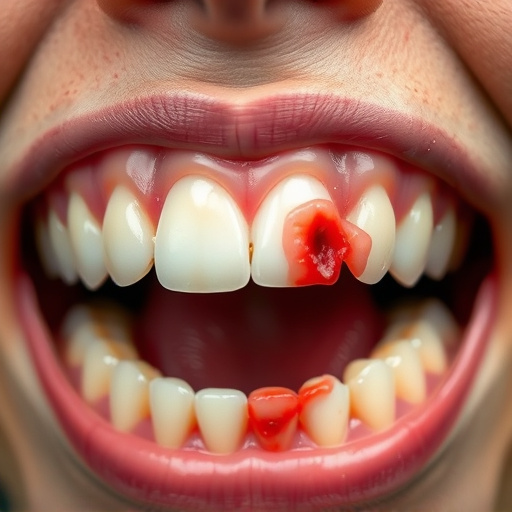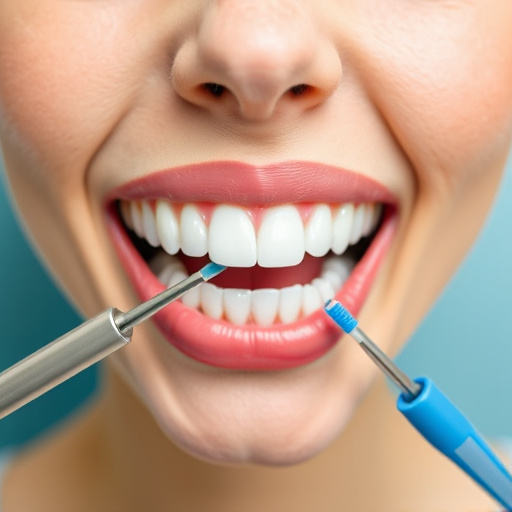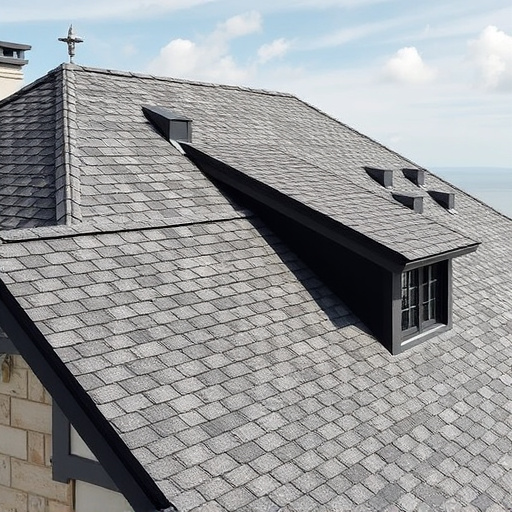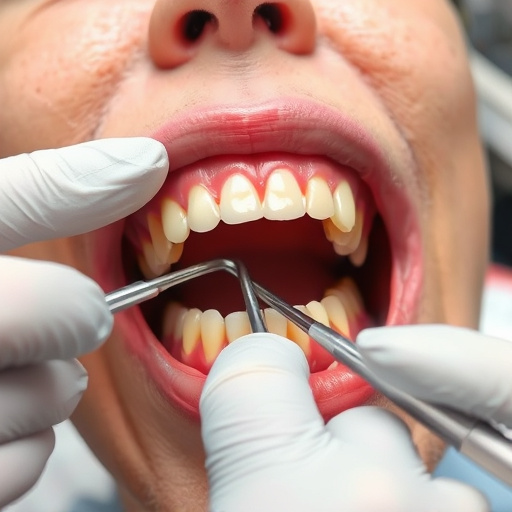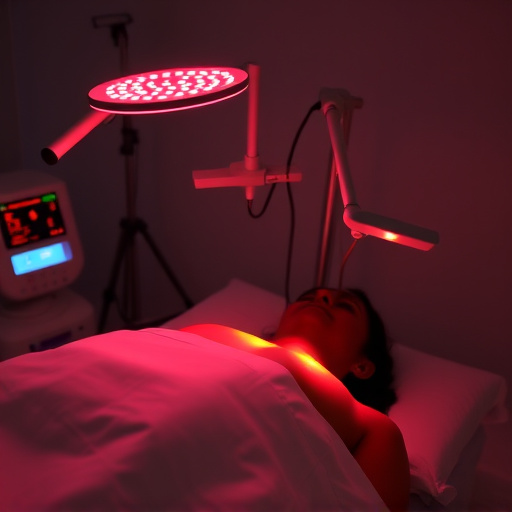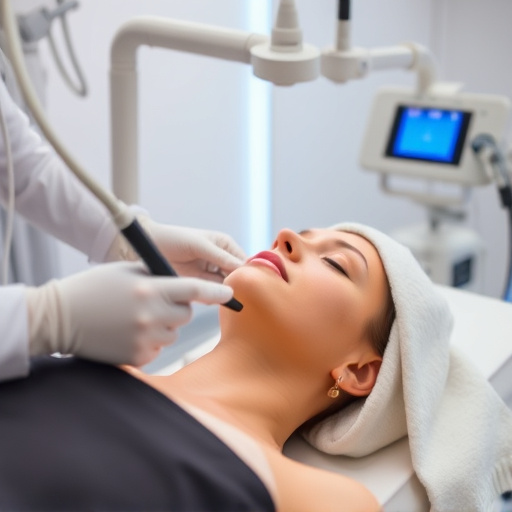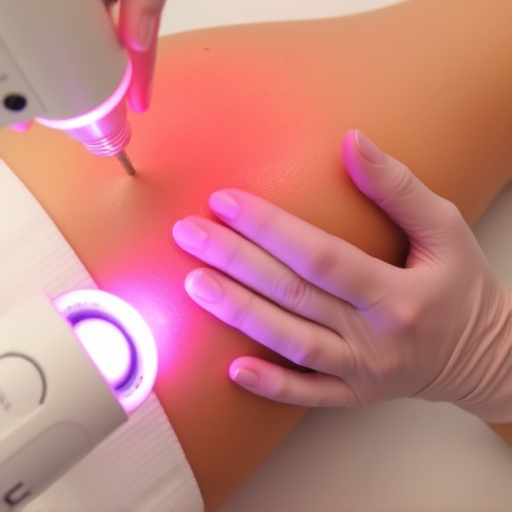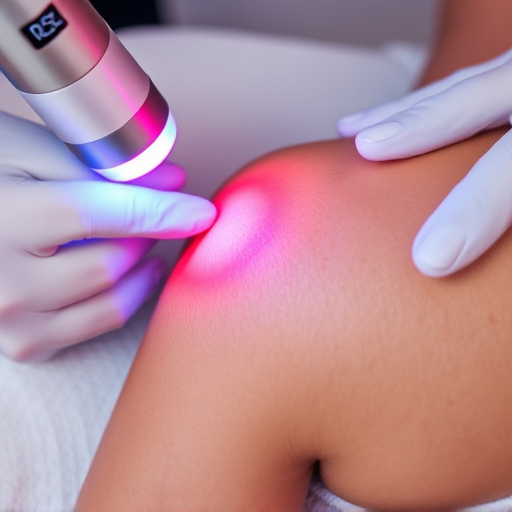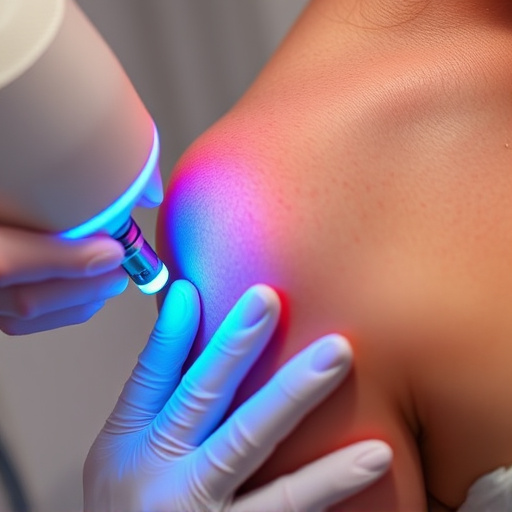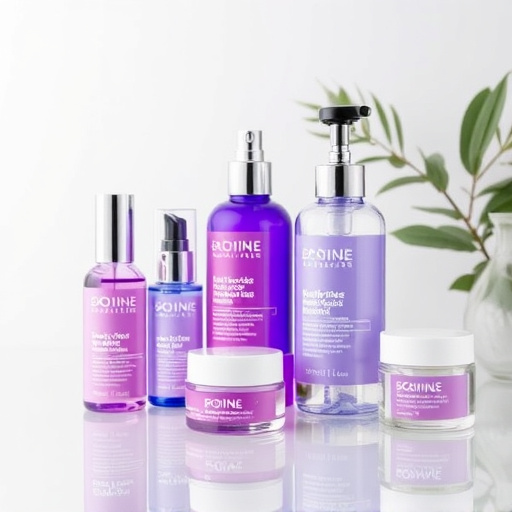Acne scars, caused by clogged pores, come in atrophic (depressed), hyperpigmented (dark spots), and keloid (raised) types, each requiring tailored treatment. Effective non-invasive options like chemical peels, microdermabrasion, and laser therapy stimulate collagen for mild to moderate scarring, while invasive procedures such as subcision and surgical excision address severe cases. Consulting a dermatologist is key to choosing the best acne scar treatment for improved skin health and a clearer complexion.
Acne scars can leave lasting marks on your skin, but various treatment options exist to achieve clearer, smoother skin. Understanding the causes and types of acne scars is the first step towards selecting the right approach. This article delves into the top acne scar treatment choices, offering a comprehensive overview for you to make an informed decision. From non-invasive procedures like dermabrasion and chemical peels to invasive options such as subcision and collagen injections, we explore which methods suit your needs best.
- Understanding Acne Scars: Causes and Types
- Top Acne Scar Treatment Options: A Comprehensive Overview
- Non-Invasive and Invasive Procedures: Which is Right for You?
Understanding Acne Scars: Causes and Types
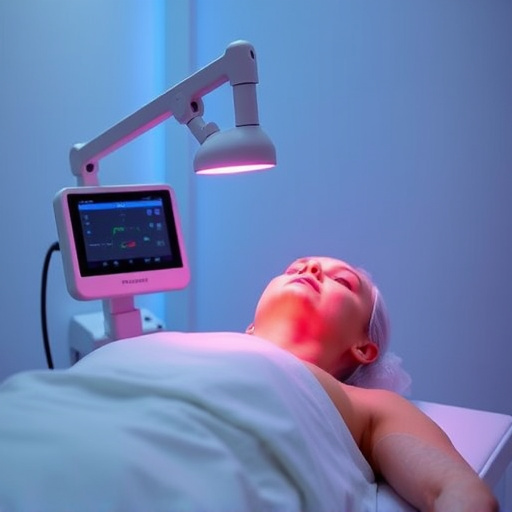
Acne scars are a common concern for many individuals who have struggled with acne. Understanding their causes and types is crucial in choosing the most effective acne scar treatment. Acne develops when pores become clogged with oil, dead skin cells, or bacteria, leading to inflammation. This can result in various types of lesions, such as whiteheads, blackheads, papules, pustules, and nodules. If left untreated or improperly managed, these blemishes can leave behind scars.
Acne scars can be categorized into three main types: atrophic scars, hyperpigmented scars, and keloid scars. Atrophic scars, often referred to as “ice pick” or boxcar scars, are characterized by a depression in the skin’s surface. Hyperpigmented scars, on the other hand, result in dark spots or uneven skin tone due to overproduction of melanin. Keloid scars are raised and sometimes itchy, formed when excess collagen is produced during the healing process. Effective acne scar treatment often involves targeted medical spa services aimed at improving skin health and brightening the complexion.
Top Acne Scar Treatment Options: A Comprehensive Overview
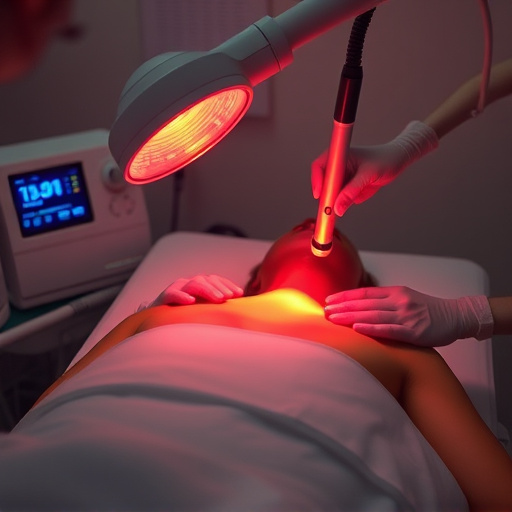
The quest for clear, smooth skin free from acne scars has led to a plethora of treatment options. Among the top choices, professional skincare treatments stand out for their advanced techniques and proven results. Laser therapy, chemical peels, and microdermabrasion are popular methods that target scar tissue, stimulating collagen production to improve skin texture and reduce visibility of scars. These procedures are administered by trained dermatologists, ensuring safety and effectiveness.
Additionally, body contouring techniques like subcision and steroid injections offer further solutions. Subcision involves inserting a small needle beneath the scar to break up fibrous tissue, while steroid injections can soften and elevate depressed acne scars. Each treatment has its unique benefits and is tailored to individual skin types and scar severity. Incorporating professional skincare into your routine can significantly enhance overall skin health and provide lasting results in the journey towards clearer, smoother complexion.
Non-Invasive and Invasive Procedures: Which is Right for You?
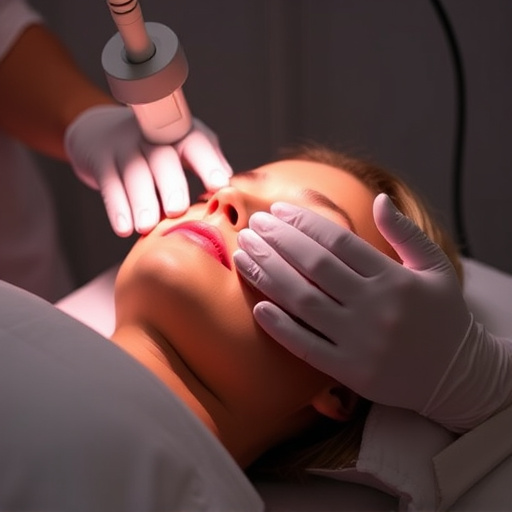
When considering acne scar treatment, it’s important to understand that options fall into two primary categories: non-invasive and invasive procedures. Non-invasive treatments, such as chemical peels, microdermabrasion, and laser therapy, offer a milder approach with minimal recovery time. These methods work by gently exfoliating the skin or stimulating collagen production to improve texture and reduce the appearance of scars. They are suitable for individuals with mild to moderate acne scarring who prefer a more conservative approach.
On the other hand, invasive procedures like subcision and surgical excision are more aggressive. Subcision involves inserting a small needle underneath the scar to break up fibrous tissue, while surgical excision physically removes depressed scars. These options are recommended for severe cases where non-invasive treatments haven’t shown significant results. When choosing an acne scar treatment, consider your skin’s condition, desired outcome, and comfort level with different procedures. Consulting a dermatologist can help determine which approach aligns best with your needs, whether it focuses on pore refinement, anti-aging treatments, or hydrating facials for optimal skin health.
Acne scars can be a source of frustration, but with the right approach, achieving clearer and smoother skin is within reach. By understanding the causes and types of acne scars, you can make informed decisions about the best treatment options available today. From non-invasive procedures like chemical peels and microneedling to more invasive methods such as fractional laser therapy and surgical excision, each has its advantages and potential risks. Consulting with a dermatologist is essential to determine which acne scar treatment is most suitable for your unique skin needs. Remember, consistent skincare routines and proper management of existing acne can also play a significant role in minimizing the appearance of scars over time.



